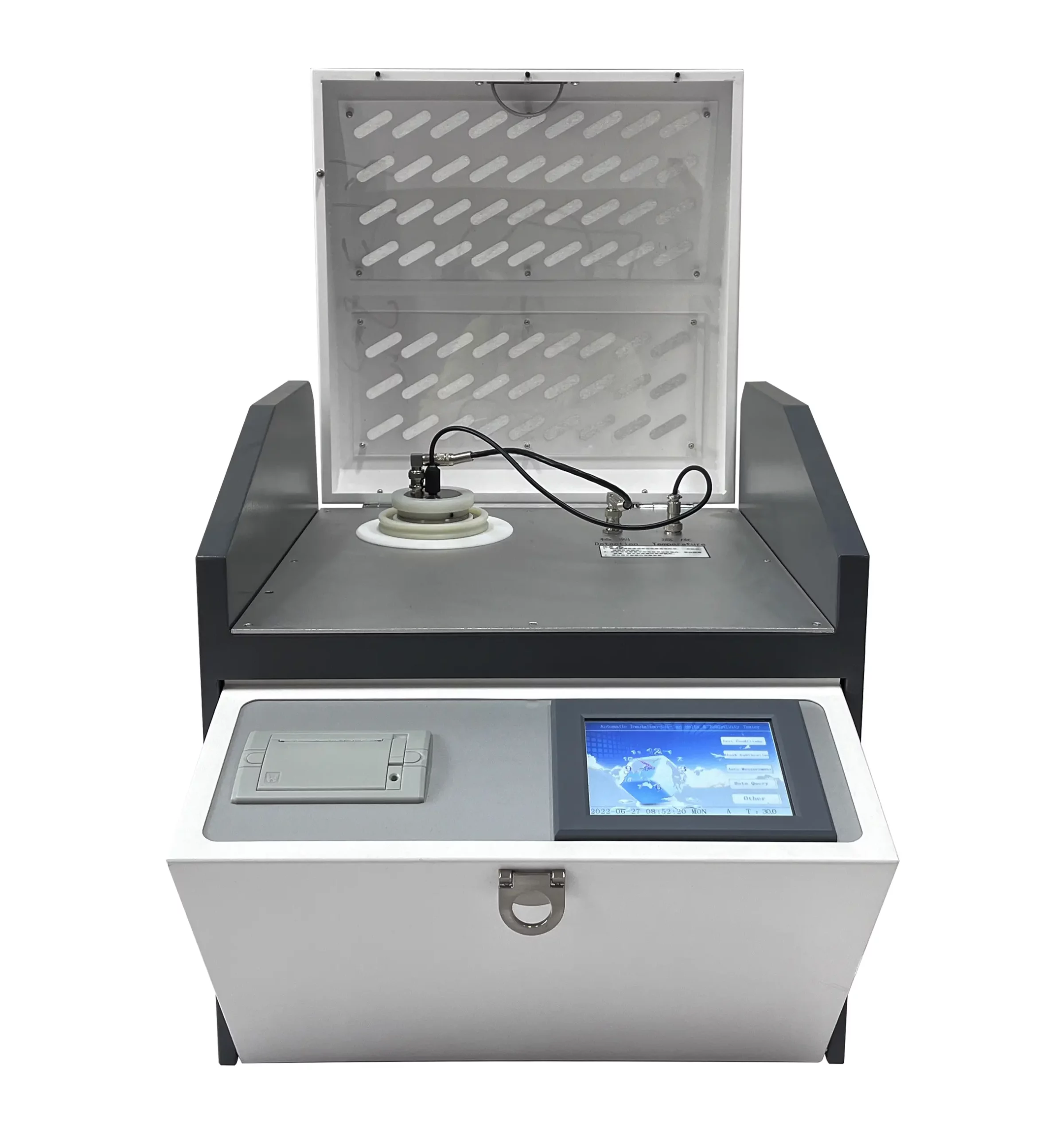In the event of a fire or chemical spill involving electric cable tester reagents, it’s crucial to respond quickly and effectively to minimize the risk to personnel, property, and the environment.
Here are the steps that should be taken:
- Assess the Situation: Quickly assess the severity of the fire or spill and determine if immediate evacuation is necessary. If the situation poses an immediate danger, activate the nearest fire alarm and evacuate the area.
- Alert Authorities: Contact emergency services (fire department, hazardous materials team) and provide them with all relevant information, including the location, nature of the incident, and the specific reagents involved.
- Evacuate the Area: If there is any doubt about safety, evacuate the area immediately, following established evacuation routes and procedures. Ensure that all personnel move to a safe location away from the hazard.
- Contain the Spill: If it is safe to do so and the spill is minor, attempt to contain the spill by using absorbent materials such as spill kits or absorbent pads. Avoid direct contact with the spilled reagents and wear appropriate personal protective equipment (PPE), including gloves and goggles.
- Control the Fire: If there is a fire, use appropriate fire extinguishing equipment (such as CO2, dry chemical, or foam extinguishers) to extinguish the flames. Follow the PASS technique (Pull the pin, electric cable tester Aim at the base of the fire, Squeeze the trigger, Sweep from side to side) when using a fire extinguisher.
- Prevent Spread: Take measures to prevent the spread of the spill or fire to other areas. Close doors or barriers to contain the hazard and prevent it from spreading further.
- Provide First Aid: If anyone is injured as a result of the incident, administer first aid as necessary and seek medical attention promptly. Ensure that medical personnel are aware of the nature of the chemical exposure.
- Report the Incident: Report the incident to appropriate personnel within the organization, including supervisors, safety officers, and management. Provide detailed information about the nature of the incident, actions taken, and any injuries or property damage.
- Clean Up and Decontamination: Once the situation is under control and emergency responders have deemed it safe to do so, clean up the spill using appropriate decontamination procedures. Dispose of contaminated materials according to regulatory guidelines.
- Investigate and Review: Conduct a thorough investigation into the cause of the incident and identify any lessons learned or areas for improvement. Review safety protocols, training procedures, and emergency response plans to prevent similar incidents in the future.
By following these steps, organizations can effectively respond to fires or chemical spills involving electric cable tester reagents, mitigating risks and minimizing the impact on personnel and the environment.
